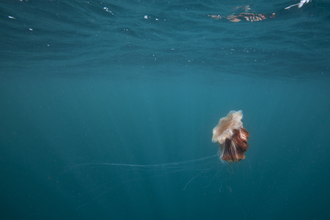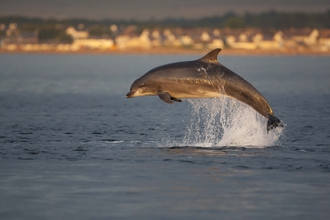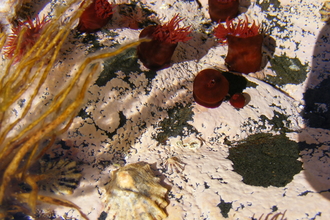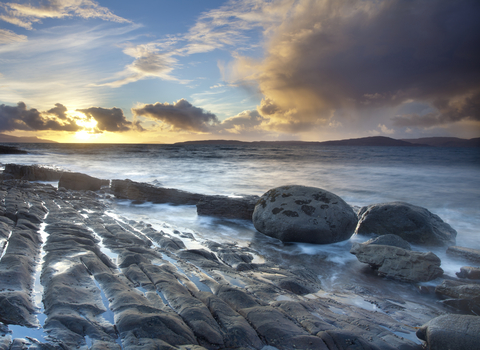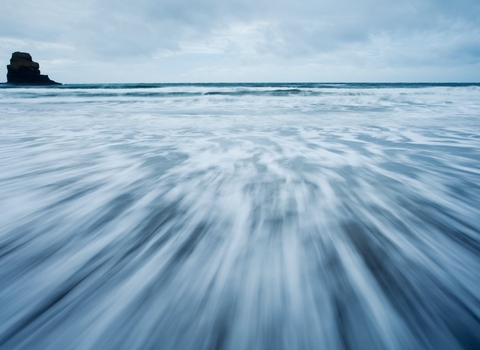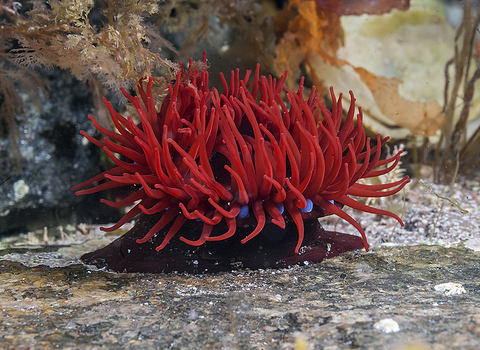
Beadlet Anemone ©www.marknthomasimages.co.uk
Beadlet anemone
Have you ever seen those dark red jelly blobs whilst rockpooling? These incredible creatures are beadlet anemones! They live attached to rocks all around the coast of the UK, the base of their body acting like a sucker to keep them in one place until the tide goes out.
Scientific name
Actinia equinaWhen to see
January to DecemberSpecies information
Category
Statistics
Diameter: 5cmConservation status
Common

